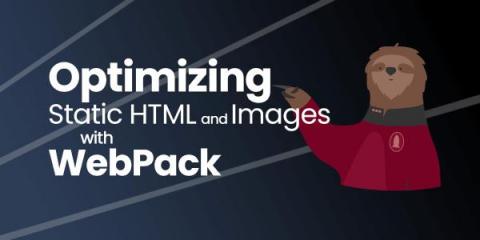Web Performance Profiling: Google.com
How is Google so fast? It’s so fast we take it for granted. It feels instant from the time you search to when results are displayed. What can we learn about the techniques they use to make their site so fast?









